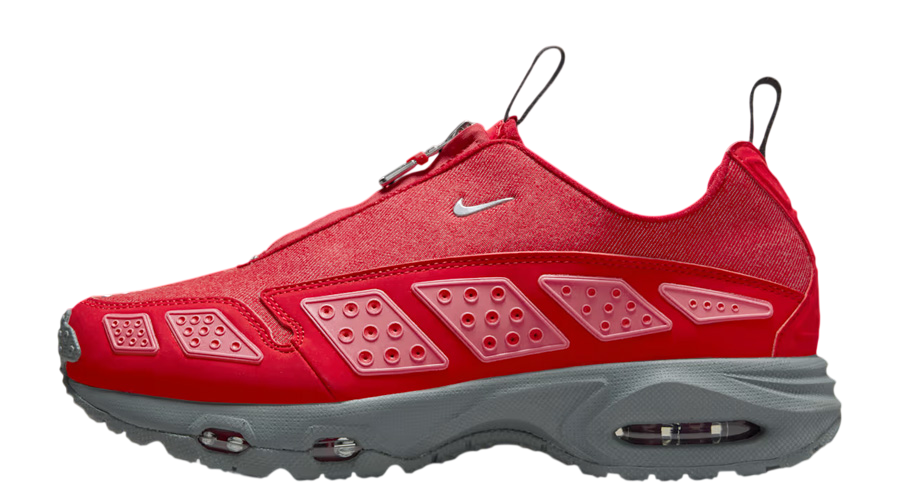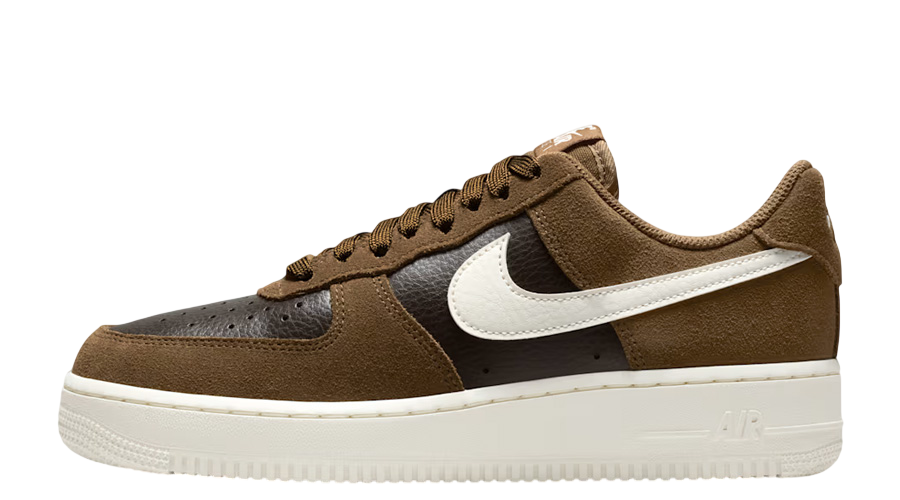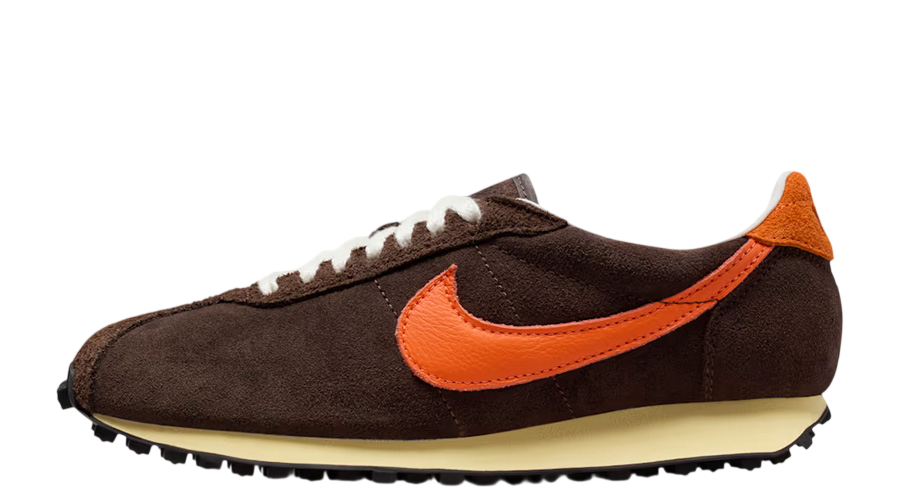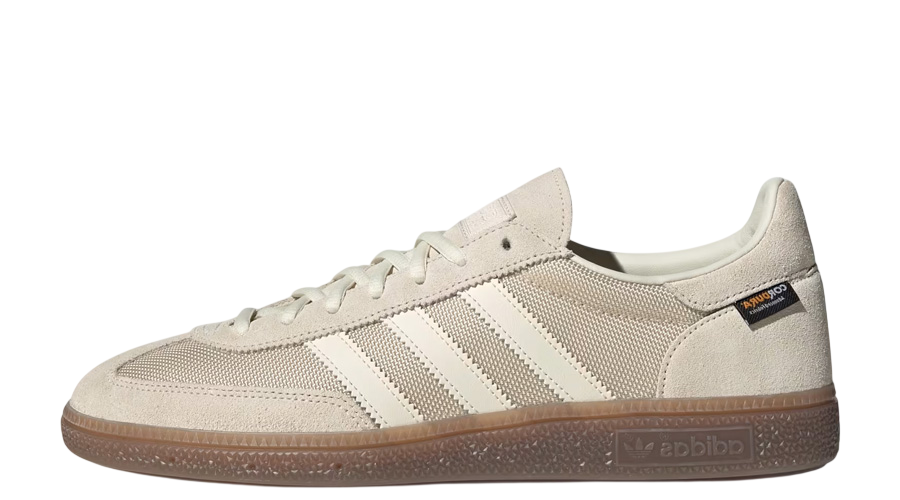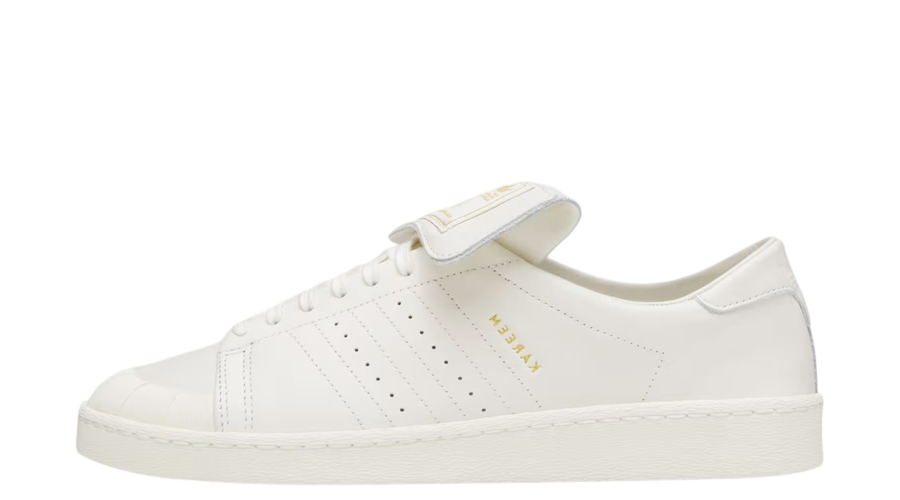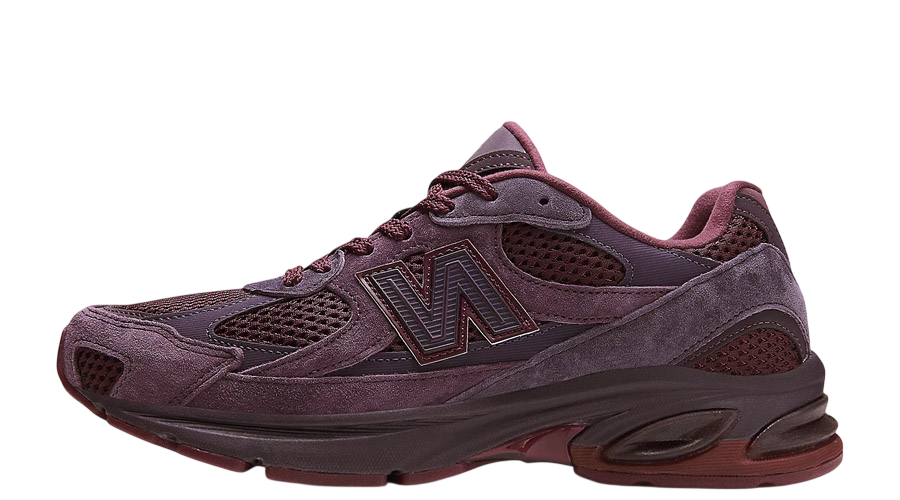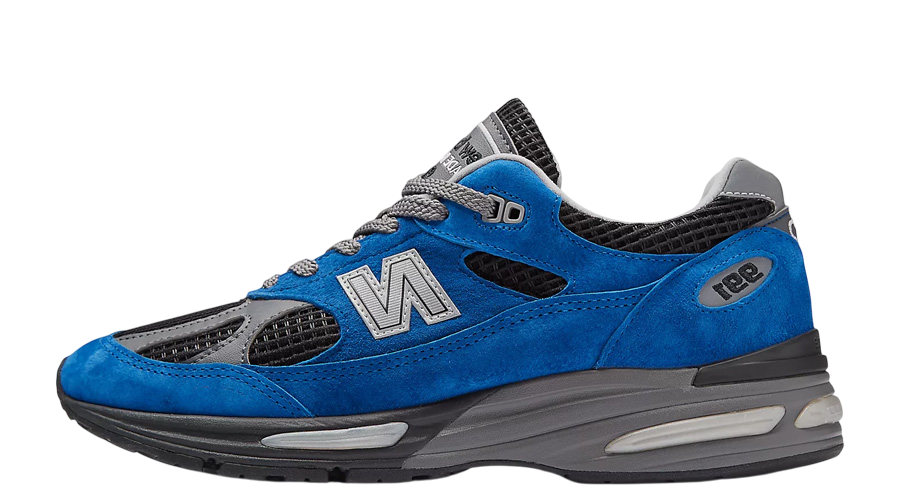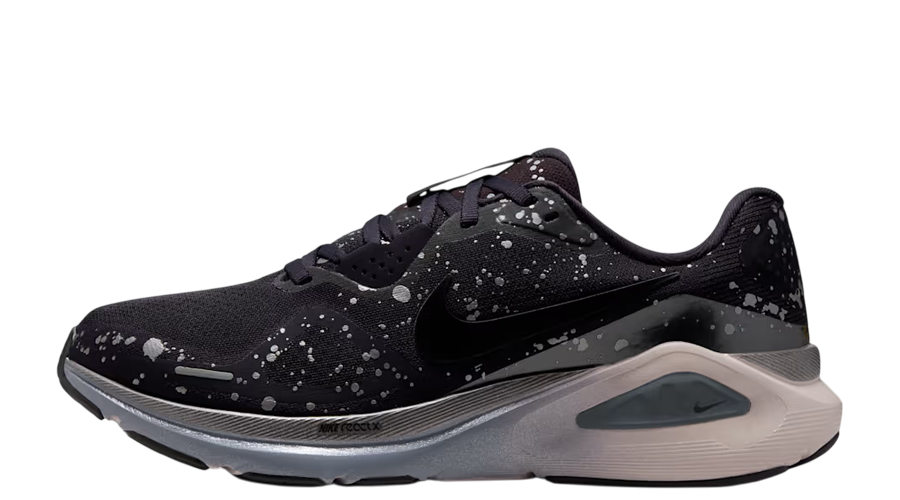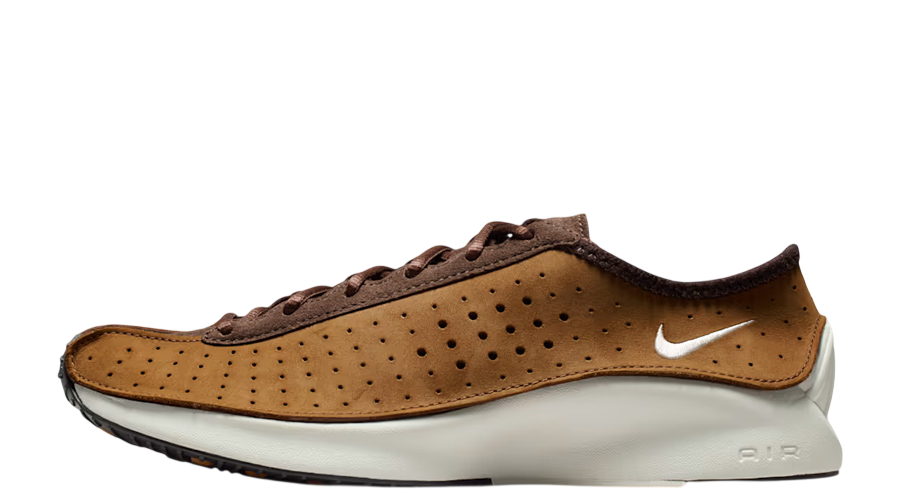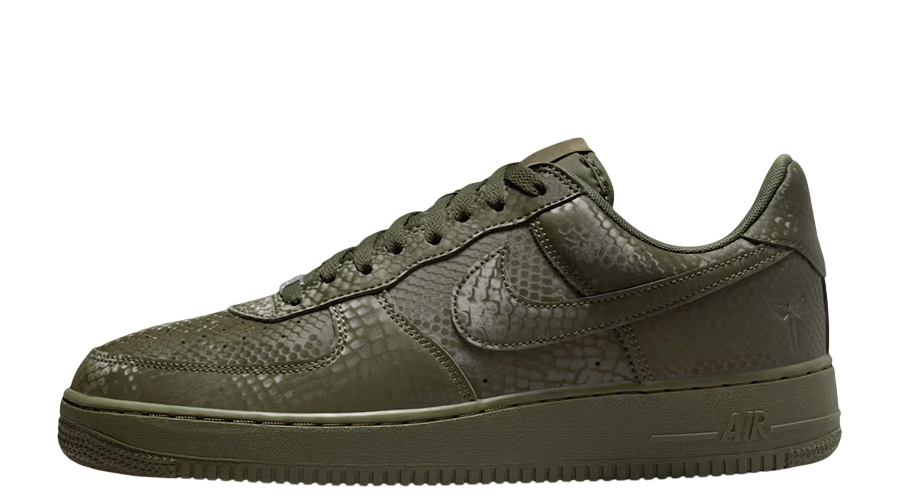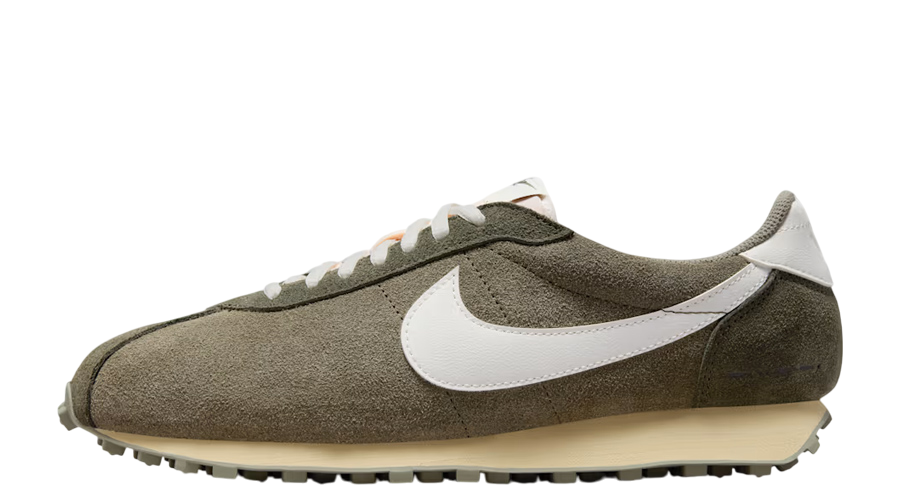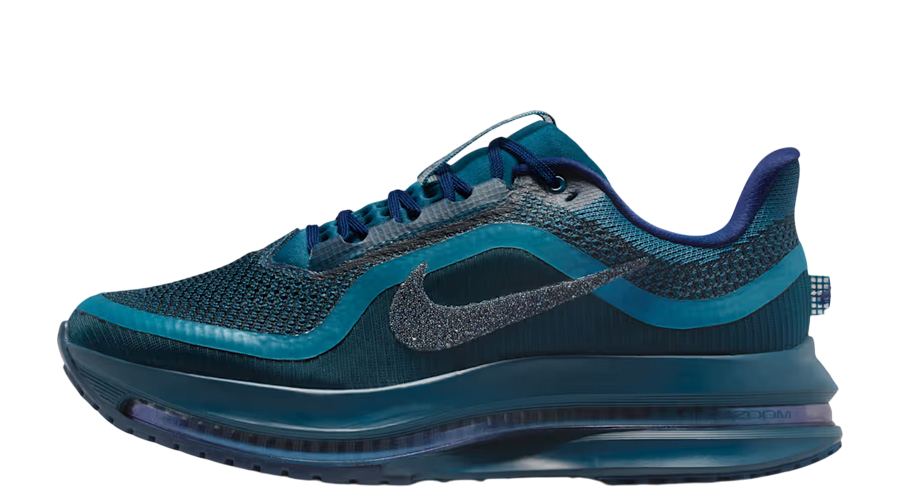How Does the Reebok Question Mid Fit? Sizing Guide & In-Depth Review

The Reebok Question Mid is a true piece of basketball history. Designed for the legendary Allen “The Answer” Iverson, this shoe made a splash when it first dropped back in 1996. At a time when it was almost unheard of for a NBA rookie to have a signature shoe, Iverson changed the game with his fearless playstyle. He quickly silenced any doubters and solidified the Question Mid as an icon of the 90s.
While it exudes that classic ’90s vibe, the Reebok Question Mid also features modern touches that keep it fresh and relevant today. So, in this guide, we’ll be diving into everything you need to know, from its key features to sizing and comfort. So, let’s dive right in.
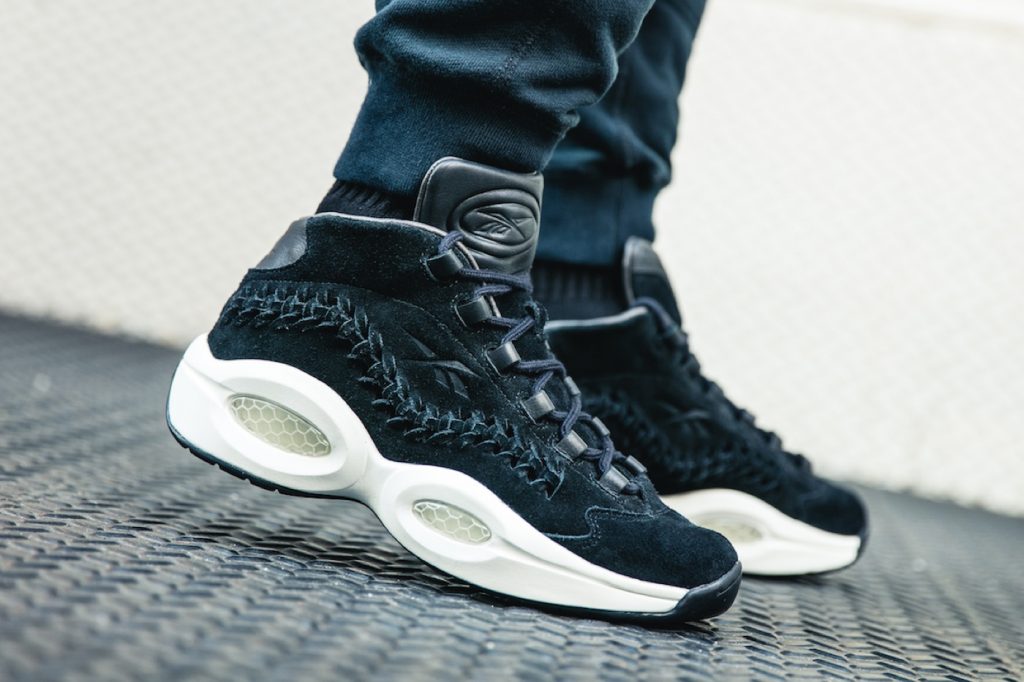
How Does the Reebok Question Mid Fit?
The Question Mid is known for its distinctive fit, which generally runs true to size. For most people, this means choosing the same size they wear in other trainers. However, it’s worth noting that the shoe has a slightly narrow toebox, which is something that’s worth considering especially for those with wider feet.
For individuals with broader-than-usual feet, it’s often recommended to go up half a size. This adjustment can provide a bit more room in the toe area, which some wearers find to be a tighter fit, especially during extended periods of wear. The Pump technology offers an additional layer of customisation, allowing wearers to adjust the snugness around the foot. This feature is particularly useful for those looking to achieve a more personalised fit, regardless of foot width.
Is the Reebok Question Mid Comfortable?
The Question Mid is designed with comfort in mind, offering a combination of cushioning and support. One of the standout features is the Hexalite cushioning in the midsole. This hexagonal cushioning system provides a responsive feel underfoot, offering a balance of softness and support. The addition of an EVA midsole further enhances comfort by adding a layer of cushioning that absorbs impact.
While this Reebok model is generally comfortable, there is a brief break-in period due to the use of premium leather and suede in the upper. Initially, the materials might feel a bit stiff, but they soften with wear, adapting to the shape of the foot. This break-in process usually takes a few wears and results in a more personalised and comfortable fit.
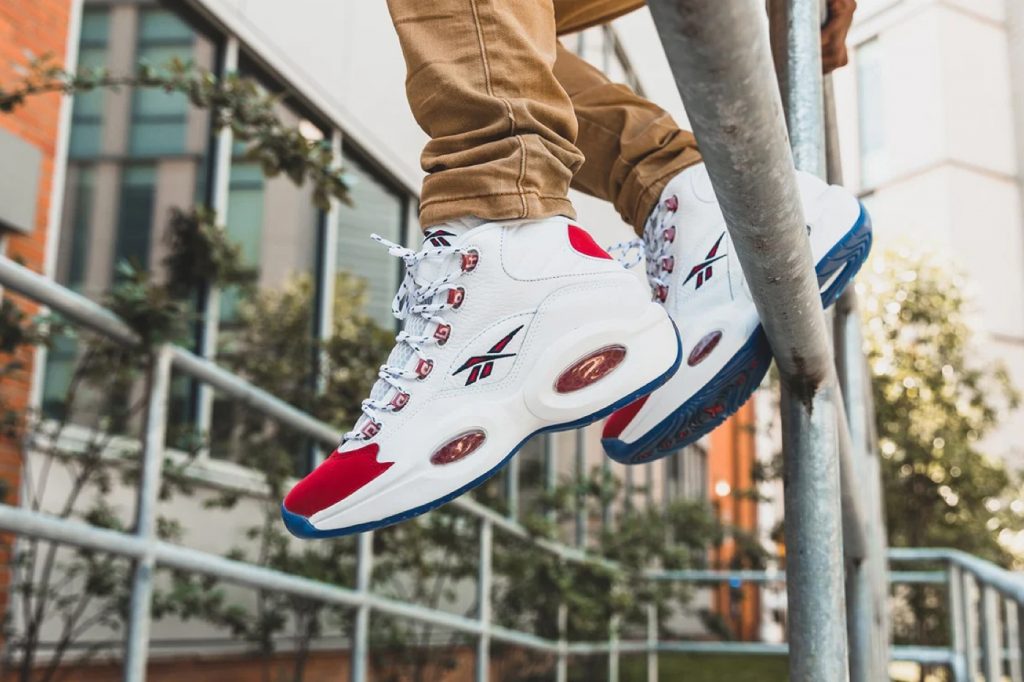
How is the Reebok Question Mid’s Traction?
The Question Mid may surprise you with its traction capabilities. Despite the smooth and flat appearance of the outsole, this sneaker offers impressive grip on various surfaces. The high-abrasion rubber outsole, combined with a subtle herringbone pattern, provides reliable traction that holds up well, especially on clean surfaces. This design ensures stability and control, making it suitable for quick movements and directional changes.
On indoor courts, it excels, offering a firm grip that helps prevent slipping during gameplay. While the traction is strong, it’s worth noting that keeping the outsole clean can enhance its performance, especially when dealing with dust or debris. The translucent rubber finish on some models adds a stylish element without compromising the shoe’s functional grip.
The Bottom Line
The Reebok Question Mid is a great choice for those seeking a blend of classic basketball aesthetics and modern comfort. With its durable construction, iconic design, and Hexalite cushioning, it offers comfort both on and off the court. The Pump technology allows for a customised fit, accommodating various foot shapes and sizes, making it a versatile option.
While Reebok has dropped many hardcourt models over the years, this ’90s classic is still a must-own. So don’t waste anymore time and add some to your rotation right now!
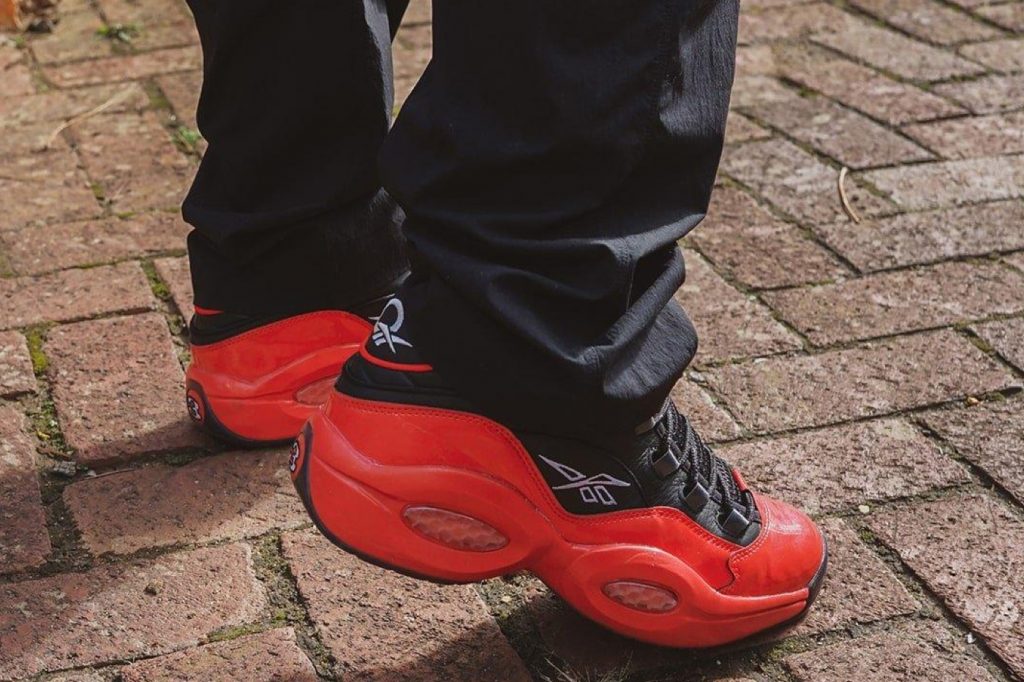
Frequently Asked Questions
Does the Reebok Question Mid fit true to size?
Yes, but it has a slightly narrow toe box, so those with wider feet may want to go up half a size.
Is the Reebok Question Mid suitable for outdoor play?
It can handle occasional outdoor use, but it performs best on indoor courts.
Can the Reebok Question Mid be used for running?
While primarily a basketball shoe, it can be used for short runs, but it’s not specifically designed for long-distance running.
Does the Reebok Question Mid have good ventilation?
It has moderate ventilation, mainly through perforations in the upper and the tongue area.
